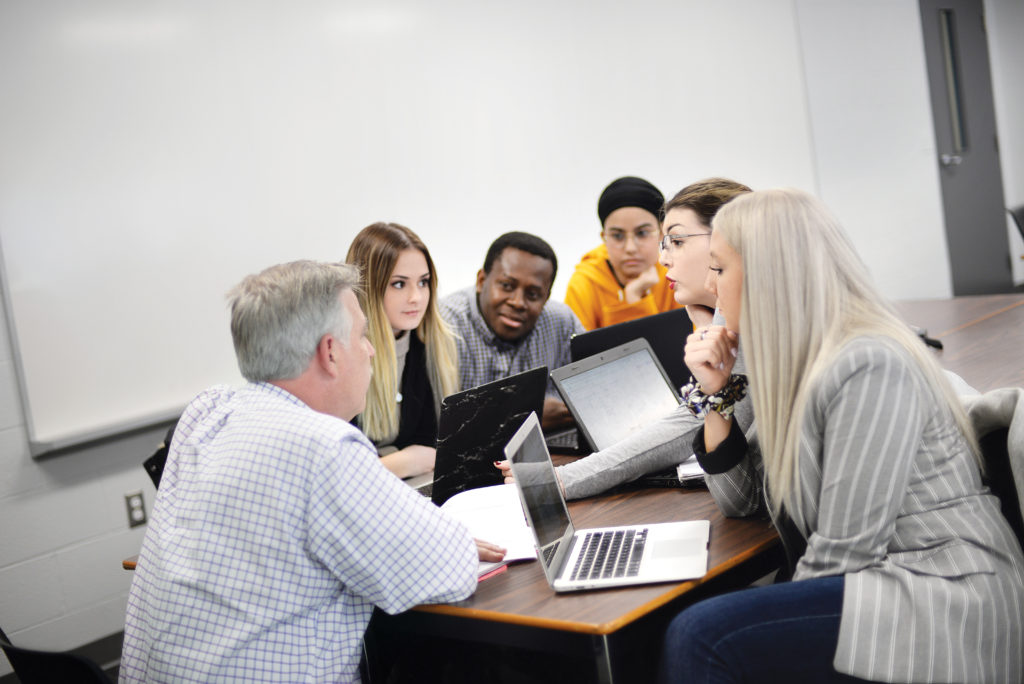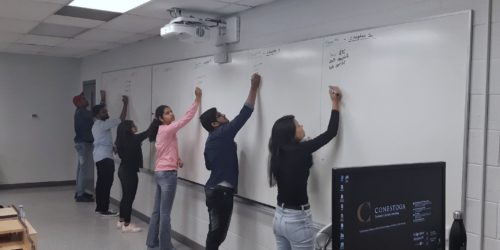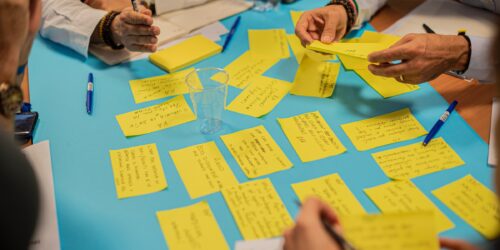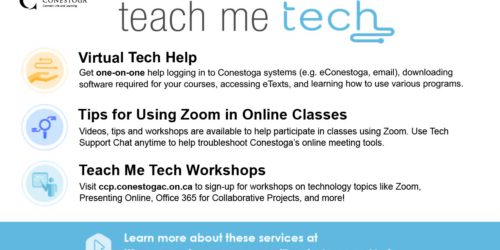
Practicing Student-Centered Assessments in Contemporary Classrooms
Contemporary classroom assessment emphasizes ongoing feedback, student involvement, and diverse assessment methods to enhance learning outcomes. It reflects a shift from traditional testing and grading to more holistic, student-centered approaches catering to diverse student demographics.
Research suggests a connection between faculty’s past assessment experiences and how they implement assessments and evaluate students in contemporary classrooms (Brown et al., 2019). For example, suppose you mostly experienced high-stakes summative assessments as a student; there is a likelihood that you would prefer high-stakes assessments to low-stakes formative assessments when you begin to teach. Student-centered assessments shift the focus from traditional, teacher-centered evaluations to empowering students to take ownership of their learning and encourage active engagement, creativity, and a deeper understanding of the material (Webber, 2015).
This Hub post provides tips to help you reconceptualize classroom assessments, particularly if you have previously experienced traditional assessments such as tests and exams as a student.
Before we delve into the tips, have you considered what may go wrong if student-centered assessments are not practiced in classrooms? Here are a few examples of such issues and their impacts on student learning:
Lack of alignment with student needs
- Scenario: Professor A teaches a diverse group of students. Some students are non-native English speakers.
- Issue: Professor A relies solely on written exams, assuming that language proficiency is the primary indicator of understanding. This approach may disadvantage students with language barriers. They might struggle to express their knowledge effectively, leading to inaccurate assessment results. Failure to adapt assessments to diverse student needs can lead to inequitable outcomes; some students may receive lower grades than they deserve.
Cultural differences and assessment bias
- Scenario: Dr. B uses assessment methods familiar to her, such as memorization-based tests and exams.
- Issue: Dr. B’s assessments may unintentionally favour students from similar cultural backgrounds. For instance, if she emphasizes rote memorization, students who grew up in education systems with similar practices may perform better. However, this approach overlooks diverse learning styles and cultural differences. Students with alternative learning approaches (e.g., critical thinking, problem-solving) may struggle or feel excluded. The lack of student-centered and diversified assessment methods can perpetuate bias and hinder equitable learning experiences.
Inflexible assessment practices
- Scenario: Professor D follows a rigid assessment schedule, with fixed exam dates and little room for adjustments.
- Issue: Professor D’s inflexible approach may not account for unexpected events (e.g., student illness, external factors). If he sticks to predetermined assessment dates, some students might face undue stress or miss assessments due to unforeseen circumstances. Additionally, students may struggle to improve without formative assessments or opportunities for feedback. Lack of adaptability in assessment practices can hinder student success and overall learning outcomes.
Here are 10 tips that you may draw from as you begin to reconceptualize student-centered assessments in your classroom:
1. Implement diverse assessment formats: Vary the types of assessments you use in the classroom. Instead of relying solely on short-answer, written submissions or multiple-choice questions, incorporate a broader range of formats. Consider open-ended questions, group projects, presentations, and performance-based assessments. This allows you to assess a wider spectrum of students’ knowledge and skills.
2. Include more formative assessments: Endeavour to integrate formative assessment into your teaching routines. Regularly check for understanding during lessons to identify comprehension gaps before moving on. Formative assessments provide valuable feedback and help adjust instruction based on students’ learning needs. They contribute significantly to student learning outcomes.
3. Differentiate feedback: Providing individualized feedback to students may be helpful. Tailor your comments to their specific strengths and areas for improvement. Consider streamlining this process using digital tools like audio or video feedback on eConestoga. Personalized feedback enhances student understanding and motivates them to improve.
4. Adjust teaching strategies: It may be helpful to monitor student progress continuously and adjust your teaching accordingly. If you notice misconceptions or gaps in understanding, adapt your instructional methods. Regular checks for understanding allow you to make timely interventions and ensure effective learning.
5. Reflect and improve: Regularly reflecting on your assessment practices is a good way to practice student-centered assessment. Seek feedback from colleagues, attend workshops, and stay informed about best practices. Continuously refine your strategies to create an inclusive and responsive learning environment.
6. Communicate assessment criteria: Clearly communicate assessment criteria to students. Make expectations explicit regarding what constitutes excellent, satisfactory, and poor performance. Transparency fosters fairness and helps students align their efforts with the desired outcomes.
7. Engage students in self-assessment: Encourage your students to self-assess their work as a no-grade formative task. Provide rubrics or guidelines for self-evaluation. Self-assessment promotes metacognition and empowers students to take ownership of their learning.
8. Implement peer assessment: Implement peer assessment activities as a non-graded assessment component. Students learn from evaluating their peers’ work and providing constructive feedback. Peer assessment also develops critical thinking and communication skills.
9. Balance summative and formative assessments: While summative assessments are essential, prioritize formative assessments that guide learning. You can use quizzes, discussions, and short assignments to gauge understanding throughout the course.
10. Understand your classroom’s diversity: Recognizing your classroom’s diversity helps you to be aware of cultural biases in assessment and ensure fairness. Adapt assessment methods to accommodate diverse student backgrounds and learning styles.
Works Cited
Brown, G. T., Gebril, A., & Michaelides, M. P. (2019). Teachers’ conceptions of assessment: A global phenomenon or a global localism. Frontiers in Education, 4(16), 1–13. https://doi.org/https://doi.org/10.3389/feduc.2019.00016
Duncan, T. & Buskirk-Cohen, A. A. (2011). Exploring learner-centered assessment: A cross-disciplinary approach. International Journal of Teaching and Learning in Higher Education, 23(2), 246–259.
Webber, K. L. (2015). Learner-centered assessment in US Colleges and Universities. In: Li, M., Zhao, Y. (eds). Exploring learning & teaching in higher education. New Frontiers of Educational Research. Springer. https://doi.org/10.1007/978-3-642-55352-3_17






